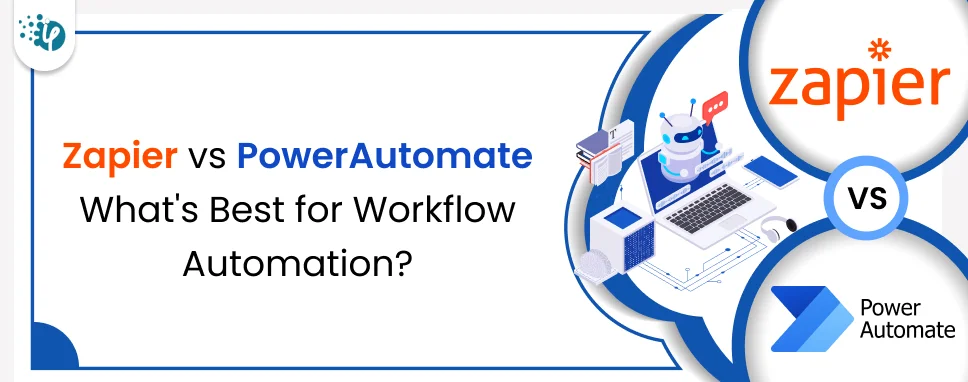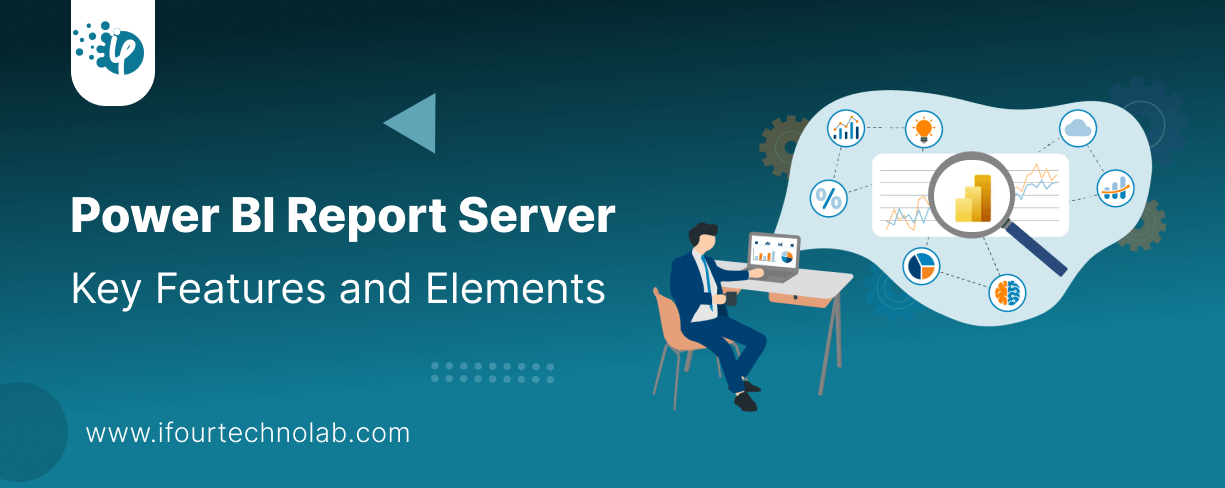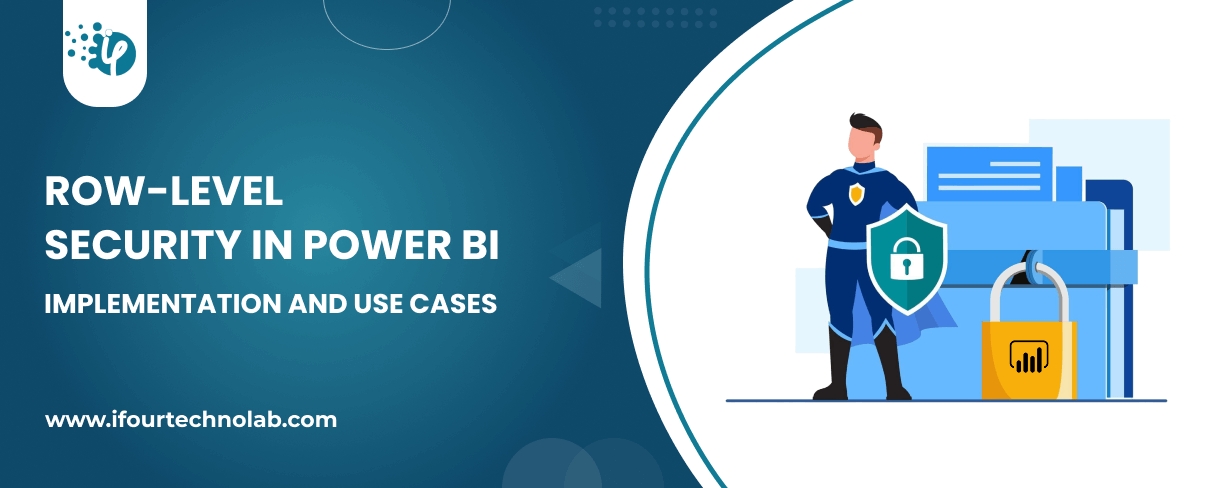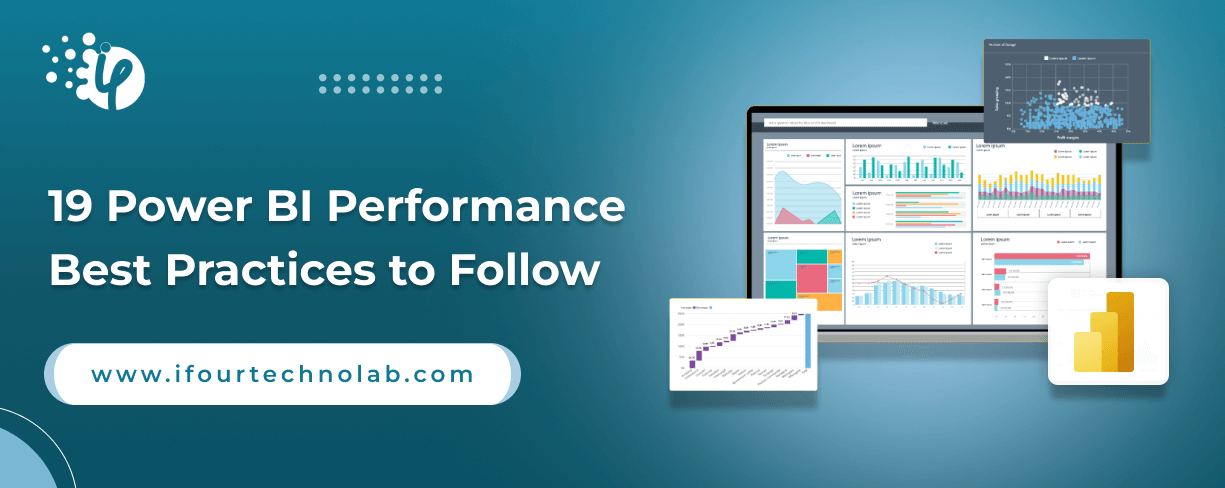Power BI Report Server: Key Features and Elements
Every CTO knows the struggle of managing complex reports. The inefficiency of scattered data, the constant juggling between reporting tools, the challenge of ensuring accurate KPIs...
Kapil Panchal - May 28, 2024
Listening is fun too.
Straighten your back and cherish with coffee - PLAY !

Automation is all around the world, allowing businesses and individuals to enjoy streamlined workflow between apps and services. Automation is the magical helper that sets you free from doing the boring manual job again and again.
RPA solutions can mimic specific human acts with robust automation mechanics. Back in the day, automation was only used for visual element testing, but now it can execute a number of tasks. In the era of comprehensive automation, RPA solutions like Zapier and Power Automate drive innovation across all industries.
Along with this, it creates great confusion for CTOs to choose from Zapier vs Power Automate solutions. In today’s topic, we will disclose all the feature differences between Zapier vs Power Automate, the pros and cons of Zapier and Power Automate, and other differentiation factors that will help you make the right choice.
Power Automate, previously known as Power Flow, allows businesses to create workflow between apps and services. Power Automate is native to the MS ecosystem, facilitating seamless integration between MS apps. This RPA tool facilitates deep integration with Microsoft apps and a focus on enterprise-level automation, making it an ideal choice for large-scale enterprises to deal with complex automation requirements.
Technically yes but no, as the Power Automate desktop is available at no cost for citizen development. Simply saying if users have purchased a license for a Microsoft product, then they can create Power Automate cloud flow related to that product for free. The free plan is suitable for those who have basic automation requirements, beneficial for individual operators and small businesses. On the other hand, the paid version of Power Automate licenses offers additional components like premium connectors, higher usage limits, better support, and many more sectors.
Zapier a no-code platform introduced in 2011 works to connect two or more apps. This RPA tool is used by thousands of companies and teams across industries to automate workflows with no technical expertise. The automated workflow in Zapier is called Zaps which works to connect apps and services where these Zaps consist of triggers or specific actions.
Zapier allows for multi-step zaps which enables for creation of complex task automation. This automation tool possesses advanced capabilities and many integrations that cater to more intricate business processes.
Yes, Zapier is quite a useful solution for C-level executives that desire to automate day-to-day tasks and processes. It aids in streamlining intricated business processes, saves time and resources, and eventually augments the productivity level of working professionals. Zapier allows users to set up workflows, that automate multiple tasks within a single trigger. Now let’s have an insight into workflow automation tools comparison for Power Automate vs Zapier.
Let’s look at the key differences to understand which is better, Zapier or Power Automate.
| Comparison Factor | Zapier | Power Automate |
|---|---|---|
| Year of release | 2011 | 2016 |
| Use cases | Automate social media posts, and email follow-ups. | Used to automate data entry, processing, & reporting. |
| Ideal customer size | The solution is suitable for Small to medium-scale enterprises. | Suitable for individuals, and Small, medium, to large scale organizations. |
| Number of integration | Zapier offers integration with 4000+ platforms. | Power Automate proffers integration with 550+ platforms (Majorly with MS products). |
| Deployment | Cloud, SaaS, web-based | Cloud, SaaS, web-based, on-premises, desktop-windows |
| Learning curve | Easy to master | Easy to master |
| Ease of usage | Quite easy to use | Easy to use for simple connectors |
| Pricing | Starts from 29.99/month | Starts from $15/user |
| Free trial | Available | Available |
| 24/7 support | Not available | Available |
| In-person training | Not available | Available |
| User Rating | 4.7 | 4.4 |
In the Zapier vs Power Automate comparison, we show the core differences one should know about. But, how will you figure out which one is perfect for your business? To do this, first, you need to understand their features, functions, scalability, and pricing model.
Let’s compare Zapier and Power Automate workflow automation solutions from features, pricing, and integration perspectives.
Let’s compare workflow automation solutions.
| Zapier | Power Automate |
|---|---|
| The drag-and-drop feature helps non-technical personnel to easily create automation. | Proffers an extensive library of connectors including Office 365, Dynamic 365, and additional third-party platforms. |
| Proffers an extensive library of pre-built templates eliminating the need to build everything from scratch. | Helps to visualize and analyze business processes with process mining. |
| Proffers an extensive library of pre-built templates eliminating the need to build everything from scratch. | Helps to visualize and analyze business processes with process mining. |
| Integrates with thousands of apps and platforms. | Facilitates organizing, storing, and managing flows across multiple environments. |
| Allows to create multi-step zaps that can execute a number of actions for robust automation. | From the Power Automate portal, users can monitor all desktop flows. |
| Zapier allows setting up filters and conditions to ensure that Zaps are triggered only when specific requirements are met. | Professionals can craft and automate end-to-end business process flows. |
| The schedule feature empowers users to automate tasks at specified times or intervals, particularly beneficial for dealing with recurring tasks. | Use AI builder for PDF reading, paper form scanning, and automated notifications. |
| Zapier’s Paths feature allows conditional branching within Zaps, where routing automation can be executed by considering specific criteria to handle various scenarios and exceptions. | Users can get prompt tech assistance from Microsoft support professionals. |
| Zapier's formatter tool transforms and manipulates data between apps, allowing customization, extraction of specific details, and ensuring compatibility. | Cloud flows in Power Automate enable users to focus on what matters and automate the rest of the process. |
So, these are the feature differences between Zapier and Power Automate. Now let’s look at the integration differences between Mircosoft Power Automate vs Zapier platforms.
Let’s check out the integration differences between Zapier and Power Automate to understand how each platform handles data synchronization, API connections, and third-party app integrations, ultimately helping you find the best workflow automation platform for your precise demands.
| Factors | Zapier | Power Automate |
|---|---|---|
| Ecosystem Integration | Integrates with a wide range of third-party apps. | Deeply integrates with the Microsoft ecosystem. |
| Complexity and Customization | Simple interface, suitable for basic automation tasks | Offers advanced customization options for complex workflows. |
| Advanced Features | Focuses on basic automation tasks | Provides RPA, AI-driven workflows, and Azure integration. |
| Cost Structure | Tiered pricing based on tasks and integrations. | Included in Office 365/Microsoft 365 plans; additional features may require extra licensing. |
| Security and Compliance: | Provides basic security measures. | Offers robust security features and compliance standards, suitable for enterprise-level deployments. |
If we shortly describe the integration differentiation of Zapier vs Power Automate, then Zapier takes the lead when it comes to connecting various apps seamlessly while Power Automate smoothly integrates with Microsoft’s suite of tools.
Let’s have a look at the Pros and cons of Zapier and Power Automate.
Supports a large number of modern web apps, including Notion, Airtable, Slack, and Google Sheets .
After considering the comparison factor of Power Automate vs Zapier, a general question comes to our mind what is the best Zapier alternative? Is Power Automate better than Zapier or other RPA tools?
The answer is yes. Power Automate makes the best alternative option for Zapier. Not only in pricing manners, but Power Automate takes the lead in multiple factors from Zapier be it customization of connectors, data access and sharing, and more.
Power Automate is the best option for those whose data lives under the Microsoft ecosystem or in legacy desktop software. Moreover, if you are looking for an easy to set up and maintain solution Power Automate fulfils all these requirements.
Want to utilize RPA for your business, look for Microsoft Power Automate consulting services. iFour takes the lead in modern development and helps businesses with bespoke solutions.
The customers of Power Automate vary in domains and roles. Let’s explore some of the primary users of Microsoft’s RPA tool.
Healthcare providers: Healthcare providers utilize the RPA tool to automate dreary tasks of patient records and data management.
IT department: IT administrators and coders can create automated workflows for system monitoring, data synchronization, and other coding processes.
Legal and Fintech: Legal and fintech professionals can get rid of manual tasks like data filling, invoice processing, cash management,
Sales: The sales team can create automated workflows for lead management, regular follow-ups, and alerts.
HR department: The recruitment team can automate employee onboarding using Power Automate.
Some big companies around the world are the potential customers of Power Automate. This includes, ABB, Infosys, Abbott, Great-west Financial, TC Energy, AT&T, and the list goes on.
Choosing between Zapier and Power Automate takes a thoughtful perspective. To choose between these two RPA solutions, one should consider multiple components like automation requirements, budgeting, complexity, business scale, integration, etc.
In Power Automate vs Zapier, select Zapier when there is a requirement to work with modern tools like Airtable, Slack, Mailchimp, Shopify, or more platforms.
Choose Microsoft Power Automate when your business operation revolves around MS environment and when you are a huge enterprise looking to work with complex workflows. Moreover, Power Automate even proffers budget-friendly licensing options that don't harm
The ultimate decision in Power Automate vs Zapier RPA platform depends on one’s precise use cases and workflow requirements. Both tools offer their own set of benefits and disadvantages.
In the end, we can say the future of work is automation. Technological advancement will continue to bring change in the market, where the combination of robust technology and the talent of coders can drive innovation. We hope you find this post helpful in choosing the ideal solution from Zapier vs Power Automate.
No, Power Automate requires an internet connection to execute workflows. Power Automate connected apps even require an internet connection to call a flow.
Yes, Power Automate flows can run automatically based on triggers and predefined conditions. These flows can be categorized as automated flows, scheduled flows, and instant flows.
The main advantage of using Power Automate is that it helps to get rid of doing manual tasks again and again, ensures accurate data entry, reduces human error, and improves decision-making.
Both tools have their own significance, however, Power Automate is better than Zapier as it has robust integration capabilities and an easy-to-use interface. Moreover, it will be better to work with Power Automate if your data lives in Microsoft’s ecosystem or in legacy systems.
Zapier works with everything you use on a daily basis, be it Google Sheets, Gmail, Slack, etc. It connects with 6000+ apps, allowing you to transfer data between apps and create automated workflows.
Zappier supports 6000 apps, allowing users to set up workflows that connect with their apps to automate repetitive tasks.
Some of the best Zapier alternatives are Power Automate, Zoho Flow, Integromat, Automate.io, and IFTTT.
No, Power Automate is a low-code/no-code platform that doesn’t require coding to create automated workflows.
Zapier is a no-code automation tool that allows you to create automated workflows without writing a single line of code.

Every CTO knows the struggle of managing complex reports. The inefficiency of scattered data, the constant juggling between reporting tools, the challenge of ensuring accurate KPIs...

The very first reason why you should implement Row Level Security is to foster trust, a crucial element for any business's success. Next, it reduces data clutter and helps you load...

The performance of Power BI is significantly influenced by two essential factors: design consistency and the rapid loading of BI elements. This holds true whether you choose Tableau...